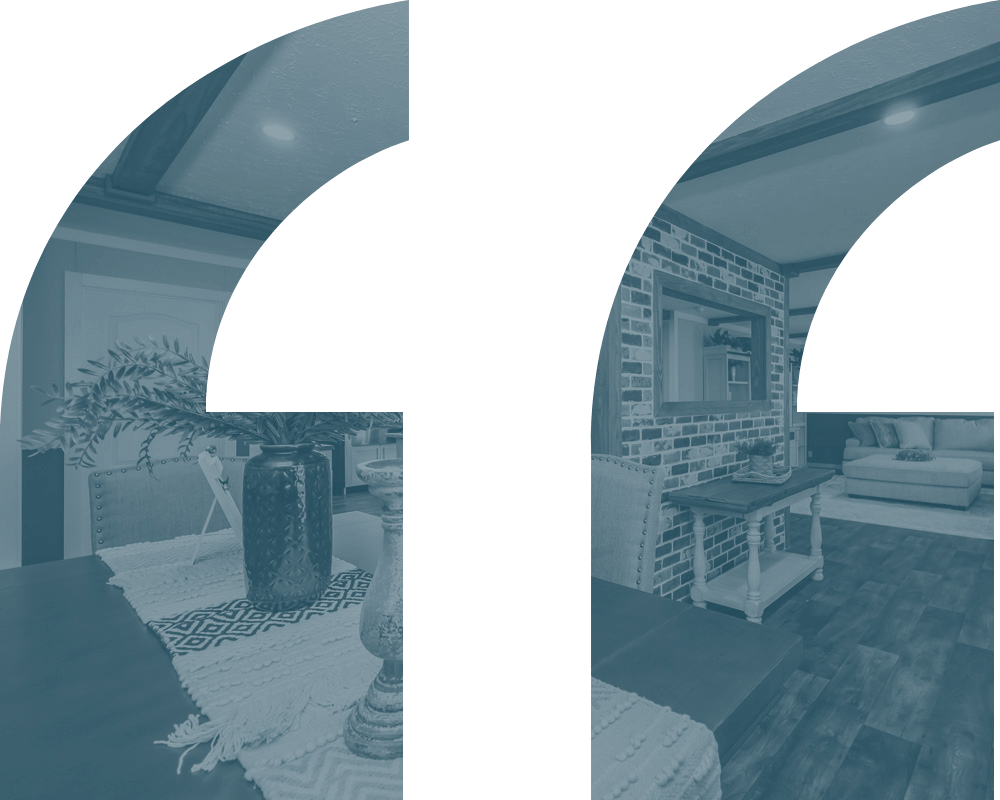
How the 1980s Redefined Mobile Homes as Manufactured Homes
For decades, prefabricated housing in the U.S. carried the label “trailers” or “mobile homes.” While these names stuck in everyday conversation, the reality is that the homes being built from the 1980s to present day are vastly different from their predecessors. A major legislative change during this time transformed not only how these homes were constructed but also how they were perceived.
The 1980s Turning Point: HUD Code Takes Center Stage
The real change began with the National Manufactured Housing Construction and Safety Standards Act of 1974, which took effect in June 1976. This federal law established a uniform building code, commonly called the HUD Code, that applied to all homes built in factories and transported to their sites. The HUD Code regulated everything from structural integrity and fire safety to plumbing, heating, and energy efficiency.
But the 1980s were when the industry and the public began to see the long-term impact of those standards. Homes built after the HUD Code went into effect were permanently labeled “manufactured homes” rather than “mobile homes.” This shift was about more than semantics, it was a signal that these homes met rigorous, federally enforced quality and safety standards that far exceeded what many people associated with the “trailer” era.
Why the Name Change Mattered
Before 1976, most factory-built homes were mobile in nature with smaller and lighter construction designed to be moved from place to place. These were the “trailers” parked in roadside courts. However, once the HUD Code took hold, homes became:
- Larger and Heavier: Many were comparable in size to traditional site-built houses.
- Permanent Residences: Built to be set on foundations or permanent supports, not moved regularly.
- Code-Compliant: Meeting the same (or higher) safety, durability, and energy standards as many site-built homes.
By the 1980s, the term “manufactured home” became the industry standard, both to reflect the higher construction quality and to move away from outdated stereotypes.
Public Perception and Regulation in the ’80s
While the HUD Code started in 1976, updates in the early 1980s strengthened requirements for wind resistance, insulation, and structural engineering. These changes made manufactured homes safer in severe weather and more energy efficient during the green-conscious years of that decade.
Communities, lenders, and even local governments began to treat manufactured homes more like traditional housing. Financing options improved, zoning restrictions eased in some areas, and buyers found more attractive designs and floorplans than ever before.
From Stigma to Solution
The move from “trailer” to “manufactured home” was emblematic of the evolution within the industry. Today, modern manufactured homes are often indistinguishable from site-built houses, offering affordability without sacrificing durability.
So, the next time someone refers to a manufactured home as a “trailer,” you can explain that thanks to federal legislation and decades of innovation, especially the changes solidified in the 1980s, these homes have earned a title that reflects what they truly are: safe, affordable, permanent housing for millions of Americans.
